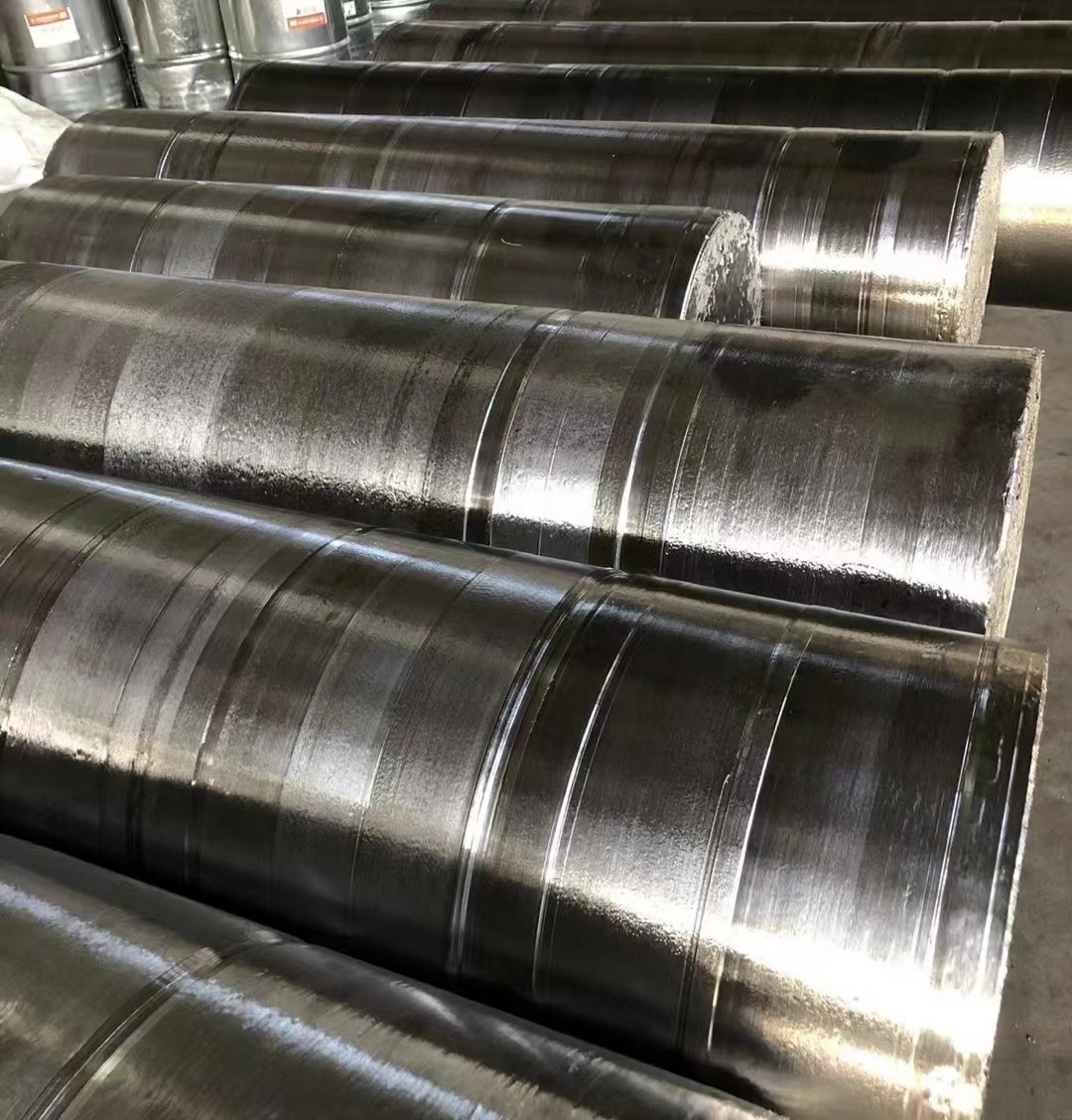
Privacy statement: Your privacy is very important to Us. Our company promises not to disclose your personal information to any external company with out your explicit permission.
The hot extrusion process for titanium and titanium alloy billets is characterized by low thermal conductivity. During hot extrusion, this can cause a significant temperature difference between the surface layer and the inner layer of the billet. When the temperature of the extrusion barrel is 400°C, the temperature difference can reach 200-250°C. Under the combined influence of gas absorption strengthening and a large temperature difference across the billet section, the metal on the surface and at the center of the billet exhibits very different strength and plasticity properties. This results in highly uneven deformation during extrusion, generating large additional tensile stresses in the surface layer, which can lead to cracks and fissures on the surface of the extruded products. The hot extrusion process for titanium and titanium alloy products is more complex than that for aluminum alloys, copper alloys, and even steel, due to the unique physical and chemical properties of titanium and its alloys.
Extrusion Method:
Extrusion Temperature:
Metal Strength:
Die Angle:
Degree of Deformation:
Extrusion Speed:
Studies have shown that the flow behavior of metals varies significantly within the temperature range corresponding to different phase states of various alloys. Therefore, one of the primary factors influencing the extrusion flow characteristics of titanium and titanium alloys is the billet heating temperature that determines the metal phase state.
Extrusion at temperatures in the α or α+β phase regions results in more uniform metal flow compared to extrusion at temperatures in the β phase region. Achieving high surface quality in extruded products is particularly challenging. To date, the extrusion process for titanium alloys must use lubricants. This is primarily because, at temperatures of 980°C and 1030°C, titanium can form eutectics with iron-based or nickel-based alloy die materials, leading to severe die wear.
When graphite lubricants are used, deep longitudinal scratches can form on the product surface due to titanium adhesion to the working parts of the die. When glass lubricants are used for extrusion, a new type of defect called "orange peel" can appear, characterized by cracks in the surface layer of the product. Research indicates that the appearance of "orange peel" is due to the low thermal conductivity of titanium and titanium alloys, which causes the surface layer of the billet to cool rapidly and its plasticity to decrease sharply.
January 22, 2024
December 18, 2023
Recently, BaoTI plate Factory successfully delivered a batch of 100×2100×4000mm, single weight 3900kg large specification TC4 titanium alloy thick plate, marking the group's large specification TC4...
Titanium industry is potential industry Titanium has a light weight, high specific strength, corrosion resistance and a series of excellent properties, are light weight, high melting point, excellent...
Email to this supplier
January 22, 2024
December 18, 2023

Privacy statement: Your privacy is very important to Us. Our company promises not to disclose your personal information to any external company with out your explicit permission.

Fill in more information so that we can get in touch with you faster
Privacy statement: Your privacy is very important to Us. Our company promises not to disclose your personal information to any external company with out your explicit permission.